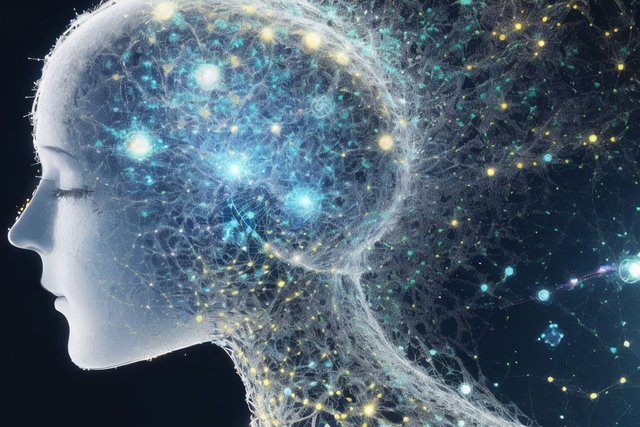Overfitting: A Tale of AI and Human Perception
In the realm of artificial intelligence (AI), overfitting is a common pitfall. It occurs when a model learns too well from the training data, to the point where it starts to pick up on noise and outliers rather than the underlying pattern. This results in poor performance when the model encounters new, unseen data.
Interestingly, this concept of overfitting can be paralleled in human behavior and cognition. Consider a highly intelligent individual placed in a new, unfamiliar situation. Their vast knowledge and analytical skills might lead them to overthink and overanalyze the situation, causing them to miss the simple, underlying truth. This is akin to an AI model overfitting to its training data, losing its ability to generalize to new data.
Similarly, a detective working on a case with limited clues can also fall into the trap of overfitting. In an attempt to solve the case, the detective might start to see patterns and connections that aren't really there, driven by the sparse information available. This overinterpretation of limited data mirrors how an overfitted AI model might interpret noise as meaningful patterns.
In both AI and human cognition, the key to avoiding overfitting lies in striking a balance. For AI, this means using techniques like regularization and cross-validation to ensure the model generalizes well. For humans, it involves maintaining an open mind, not overthinking, and being aware of our tendency to overinterpret when information is scarce.
In essence, understanding overfitting in AI can shed light on our own cognitive biases and help us navigate the world more effectively. Just as we train AI models to generalize well, we too can train ourselves to find the right balance in our perception and interpretation of the world around us.
